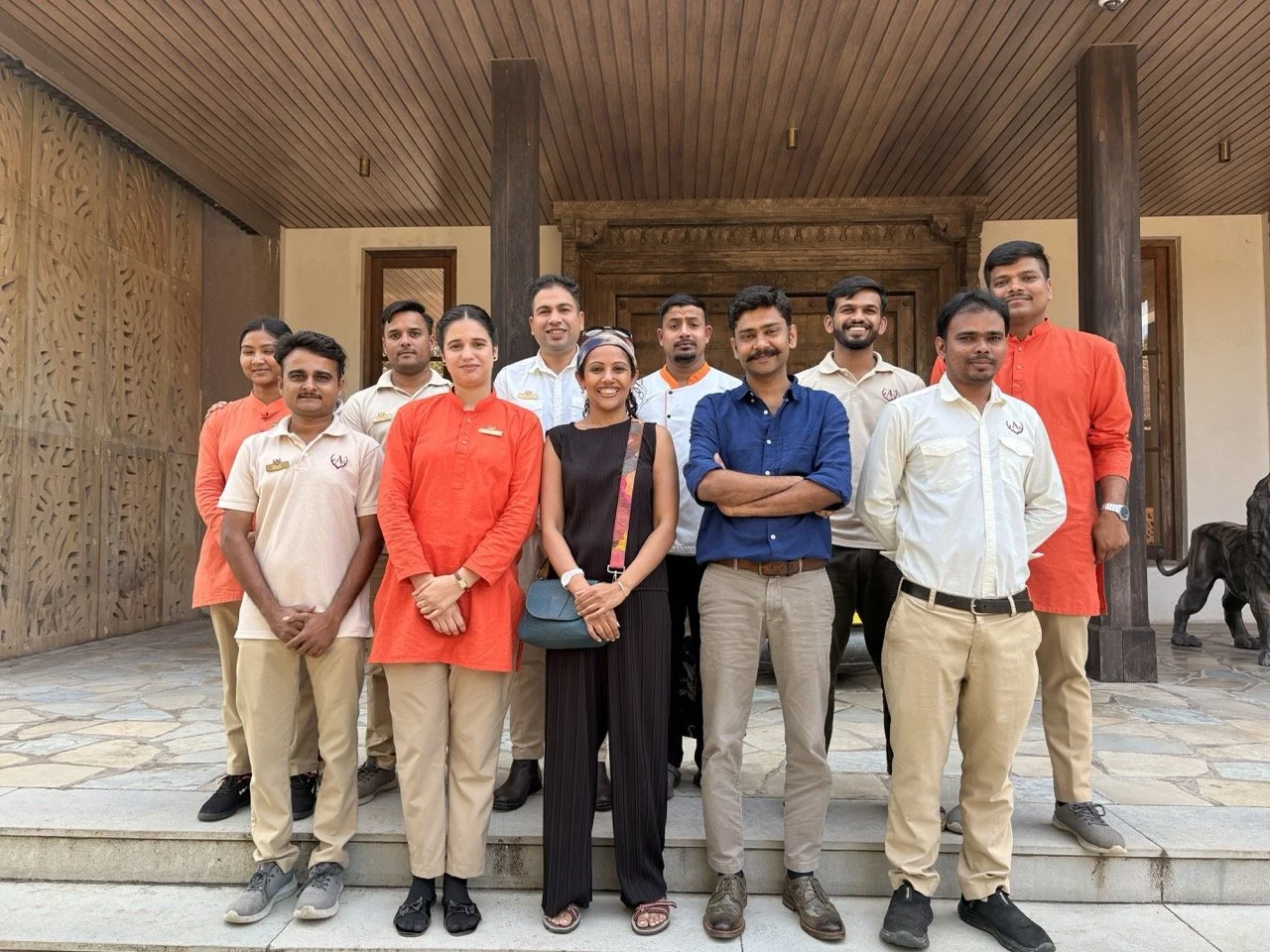Assam on a Plate: Exploring the Unique Flavours of the North-eastern State By Dr Himanshu Talwar
/Nestled in the north-eastern part of India, Assam is not only renowned for its breathtaking landscapes and vibrant culture but also for its rich and diverse culinary heritage. From aromatic rice dishes and tangy fish curries to delectable street food snacks, Assamese cuisine is a blend of unique flavours and aromas that gives it its own distinctiveness from other Indian cuisine.
Food plays an important role as a means of celebration, hospitality, and communal bonding. Festivals like Bihu, Magh Bihu, and Bohag Bihu are incomplete without elaborate feasts featuring traditional Assamese delicacies.
Assamese cuisine boasts a delightful harmony of flavours and textures. Signature dishes such as Assamese Fish Curry prepared with aromatic spices, and Masor Tenga, a tangy fish curry with hints of sourness showcase the region's rich culinary heritage.
Rice is the staple food of Assam and forms the foundation of most meals. It forms an integral part of Assamese cuisine and is consumed in various ways like plain boiled rice, puffed rice (muri), and rice cakes (pitha).
Bhoot Jolokia, also known as the ghost pepper, is native to Assam in India and holds a special place in the region's culinary culture. Bhoot Jolokia is known to be one of the hottest chili peppers in the world and in Assamese cuisine, it is often used sparingly to add a fiery kick to dishes such as curries, chutneys, and pickles.
Exploring local markets like the bustling Fancy Bazar in Guwahati or Tezpur's weekly haats offers a glimpse into Assam's rich food culture. From savory Maasor Tenga to the iconic Aloo Pitika, these street food delights allow visitors to experience the authenticity of the region.
Assamese cuisine is characterized by its simplicity, use of fresh and locally sourced ingredients, and an emphasis on seasonal produce. Here's a list of famous traditional Assamese dishes:
· Masor Tenga (Sour Fish Curry): A tangy and refreshing fish curry made with tomatoes, lemon, and other souring agents like elephant apple or dried kokum. It is a quintessential Assamese dish enjoyed with steamed rice.
· Aloo Pitika (Mashed Potatoes): A comfort food staple, aloo pitika is made by mashing boiled potatoes and combining them with mustard oil, onions, green chilies, and sometimes roasted sesame seeds. It is often served as a side dish with rice or roti.
· Xoru Xaak Bhaji (Stir-fried Green Leafy Vegetables): Assam's verdant landscape offers a bounty of nutritious greens, locally known as xaak. Xoru xaak bhaji is a simple yet flavorful dish made by stir-frying leafy greens with garlic, ginger, and mustard oil.
· Pitha: Assamese cuisine is incomplete without pitha, a traditional rice cake prepared during festivals like Bihu. Pithas come in various forms, including til pitha (sesame seed-stuffed rice cake), narikol pitha (coconut-filled rice cake), and sunga pitha (rice cake cooked in bamboo tubes).
· Assam Tea: Renowned worldwide for its exquisite flavor and aroma, Assam tea is one of the state's most famous exports. The lush tea gardens of Assam produce robust and malty black tea that is cherished by tea enthusiasts around the globe.
· Khaar: An alkaline preparation made from sun-dried banana peels or raw papaya cooked with pulses and vegetables. Khaar is a traditional dish known for its unique taste and nutritional benefits.
· Jolpan: Jolpan is a traditional Assamese breakfast comprising dishes like Chira (flattened rice), Akhoi (puffed rice), doi (curd), and jaggery. It's a wholesome and refreshing meal to start the day with, enjoyed by people of all ages.
Assamese cuisine from the aromatic rice dishes of the Assamese Brahmins to the fiery curries favored by the Ahoms represents the flavors of the various ethnic groups. Whether you're sipping a cup of Assam Tea or relishing a traditional Assamese Thali, Assamese cuisine offers a culinary experience like no other.
Author -
Dr Himanshu Talwar is an industry veteran with various articles, columns, travelogues, and write-ups published specifically on Tourism, Hospitality, and Aviation to his credit








